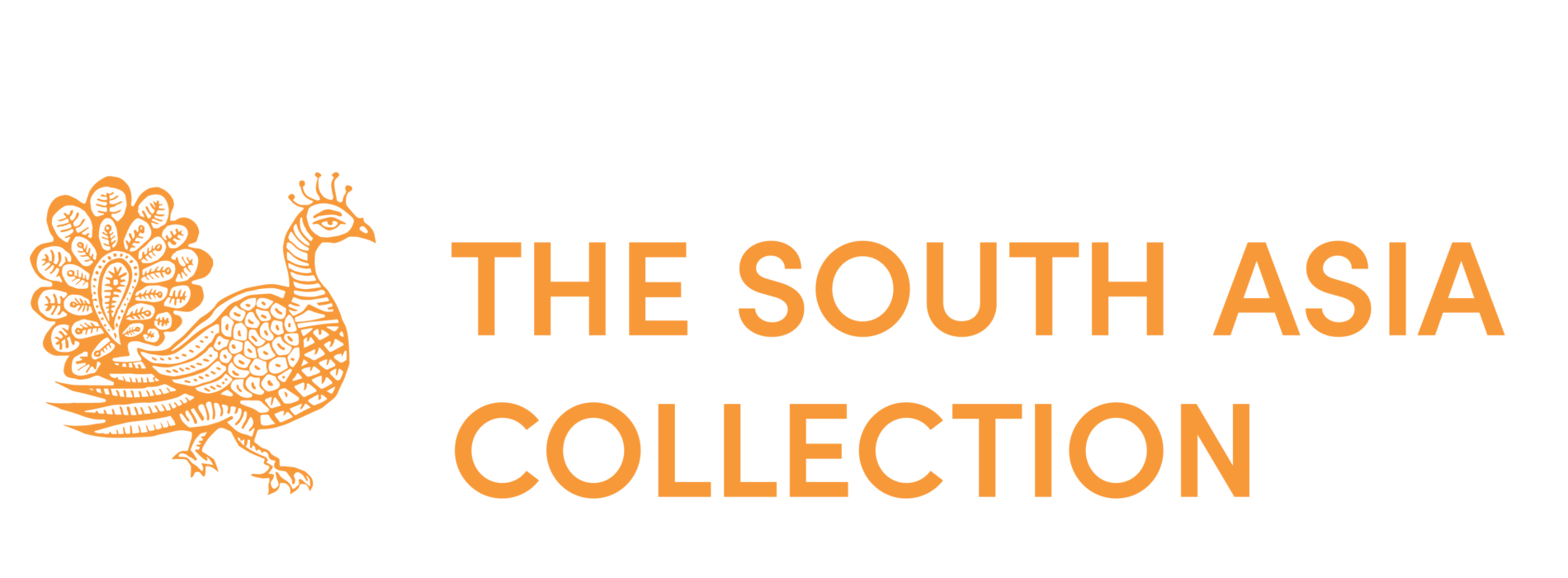
A pidha is a low chair with or without armrests and an upright back. The lathe turned designs on this pidha, like the bulbous legs and the posts with turned finials, are distinctive features of pidha in Punjab. It is lacquered in colours of red, yellow, orange, and black. This style of lacquering (especially the use of black) is a craft unique to Chiniot in Punjab, Pakistan. The South Asia Collection has a number of objects, such as mirrors, boxes for storing roti, as well as the edges of carved doorways, lacquered in a similar style.
While conducting fieldwork in Punjab, India on the Vernacular Furniture of North-West India project, we were told that when a new bride was welcomed into her husband’s house, she would first be made to sit on a pidha. Thereafter, it would be used only on special occasions. While we saw several pidha during fieldwork, none were similar to the example we have in the collection.



Examples of pidha from houses in Moga and Ferozepur districts, Punjab, India; documented during the Vernacular Furniture of North-West India project. © The SADACC Trust and DICRC, CEPT University.



Today, brightly lacquered furniture pieces are conspicuously absent in the everyday lives of people today in Punjab, India. Sardar Budha Singh’s story made evident that the displacement and migration resulting from the Partition had its effects not just on people and objects but on the crafts in the region too. Craft clusters were disrupted and craftspeople were displaced. During fieldwork, we met Gurdeep Singh, a craftsperson in Panchayat Juggi village in Haryana, whose family had migrated from Punjab. He was the only craftsperson practising this type of lacquer craft, who the team met.

Museum objects have many stories to tell: about their own creation and journey, and of the lives that they have been part of. The objective lies not just in finding factual information about the object, but also to understand what meanings it encompasses. For us at The South Asia Collection, the pidha and other lacquered objects from Chiniot are not just examples of exemplary lacquer craft, but they hold stories of individuals, places and events. We are also aware that there are silences in these stories. There is still more to discover about the lacquered objects that can tell their stories from Punjab, Pakistan.
August 1947 witnessed one of the largest forced migrations in history. The events of the Partition are at the edge of living memory.
Museum objects have many stories to tell: about their own creation and journey, and of the lives that they have been part of. The objective lies not just in finding factual information about the object, but also to understand what meanings it encompasses. For us at The South Asia Collection, the pidha and other lacquered objects from Chiniot are not just examples of exemplary lacquer craft, but they hold stories of individuals, places and events. We are also aware that there are silences in these stories. There is still more to discover about the lacquered objects that can tell their stories from Punjab, Pakistan.
August 1947 witnessed one of the largest forced migrations in history. The events of the Partition are at the edge of living memory.
Museum objects have many stories to tell: about their own creation and journey, and of the lives that they have been part of.
Recently, there have been many projects and initiatives by individuals and organisations across the world, to record memories of people who lived through those difficult days. The South Asia Collection Museum plans to continue its research and to contribute to the diversity of work emerging on the subject.
The pidha and the lacquered objects are currently on display at the museum. They will also feature in the forthcoming publication, Smarya: Vernacular furniture of Punjab and Haryana
co-authored by our new curator Mansi S Rao alongside Ben Cartwright, Jay Thakkar, and Abhishek Ruikar.
